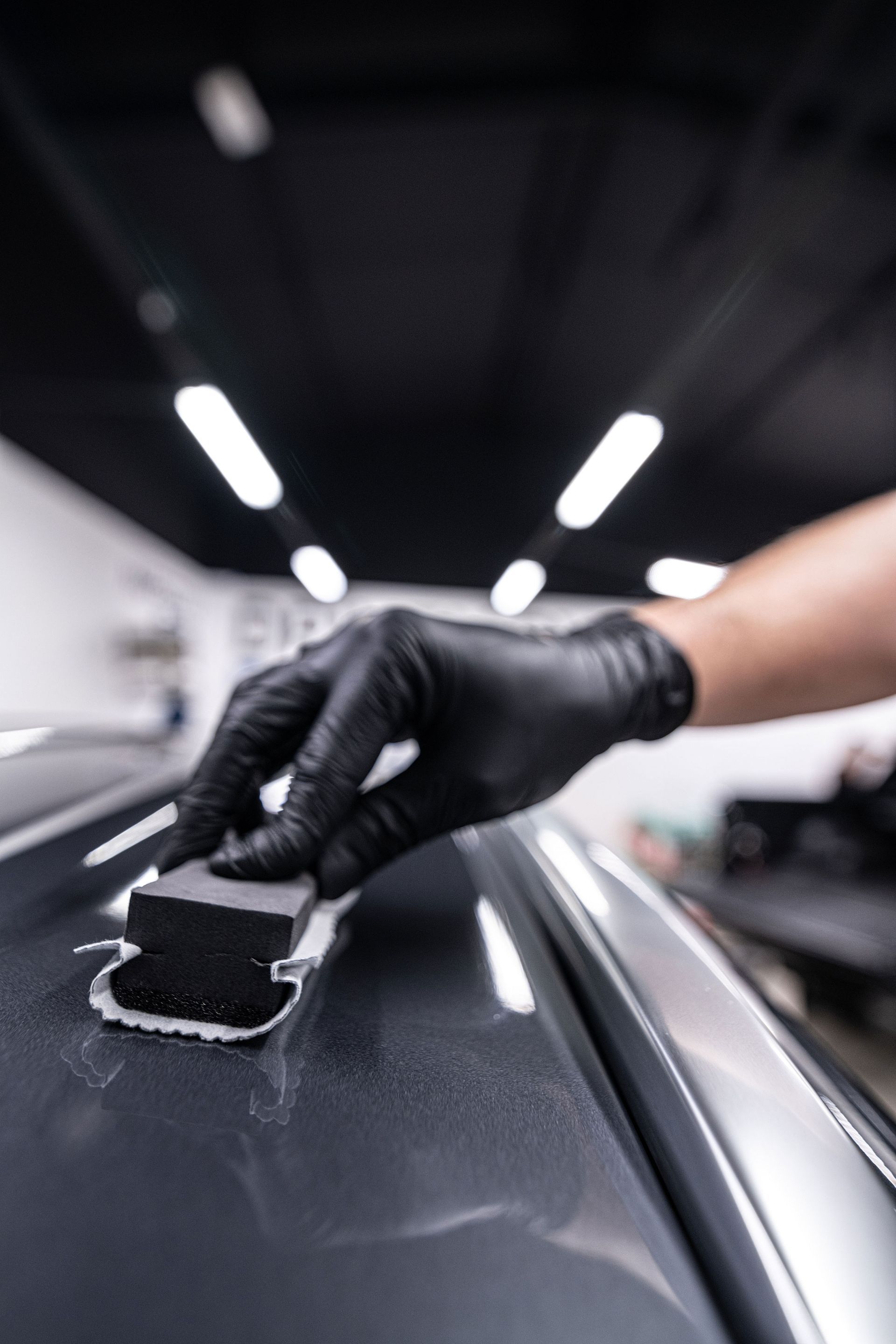By SEO Team
•
September 9, 2025
Are you tired of constantly worrying about your car's paint getting damaged by dirt, grime, and harsh weather? If so, you're not alone. Many car owners face the challenge of keeping their vehicles looking pristine while maintaining busy schedules. That's where ceramic coatings come in. These innovative products are transforming car care by creating a durable protective layer over your vehicle's paint that can last for years. In this article, we'll explore how these coatings bond to your car's paint, their impressive benefits, and tips for proper application and maintenance. Ceramic coatings bond to a vehicle's paint through a chemical reaction that occurs between the silicon dioxide (SiO₂) in the coating and the factory paint, creating a strong molecular bond. This process fills microscopic imperfections on the surface, resulting in enhanced smoothness, durability, and protection against environmental contaminants. What Are Ceramic Coatings? Ceramic coatings represent a significant leap in how we protect our vehicles. These treatments are liquid polymers that contain a high concentration of silicon dioxide (SiO₂). Upon application, they bond chemically to the paint surface, forming a tough protective layer that enhances both durability and aesthetics. This bonding process occurs at a molecular level, allowing the coating to fill microscopic imperfections in the paint, resulting in a smoother, shinier finish. Imagine your vehicle's paint as an intricate landscape filled with tiny valleys and peaks. The ceramic coating acts like a perfectly applied treatment that fills those gaps, creating an unbroken shield against environmental adversities. The benefits of using ceramic coatings are compelling. They possess remarkable hydrophobic properties that repel water, enabling it to bead up and roll away rather than cling to the surface. This feature keeps the vehicle cleaner for longer periods and reduces the need for frequent washes. You can think of it as a high-tech water repellent jacket for your car's exterior—rainwater dances off while taking dirt along for the ride. The global ceramic coating market continues to grow as more consumers discover the benefits these products provide. These coatings are often favored by professional detailers due to their factory-like durability compared to traditional waxes or sealants. Their ability to repel UV rays means your car stays vibrant and fade-resistant even after prolonged exposure to sunlight. The Science Behind Ceramic Coatings At the heart of ceramic coatings is silicon dioxide (SiO₂), a compound that plays a crucial role in crafting a protective layer over your vehicle's paint. This layer is not just a thin veil—it's a robust and sacrificial encasement that endows the surface with exceptional hardness. When we say "sacrificial," it means this layer can withstand wear and tear on its own while protecting the underlying paint from damage. It creates a bulwark against the elements, whether rain, sun, or road grime. Nanotechnology at Work What truly separates ceramic coatings from conventional waxes or sealants are the nanoparticles they contain. These tiny particles, measuring less than 100 nanometers, have the remarkable ability to fill microscopic imperfections on the surface of your vehicle's paint. By providing a smoother surface, ceramic coatings help create an incredibly sleek finish that enhances both appearance and functionality. The silicon dioxide provides hardness and durability, while nanoparticles fill imperfections and create smoothness, and polymers help in forming the protective layer.

